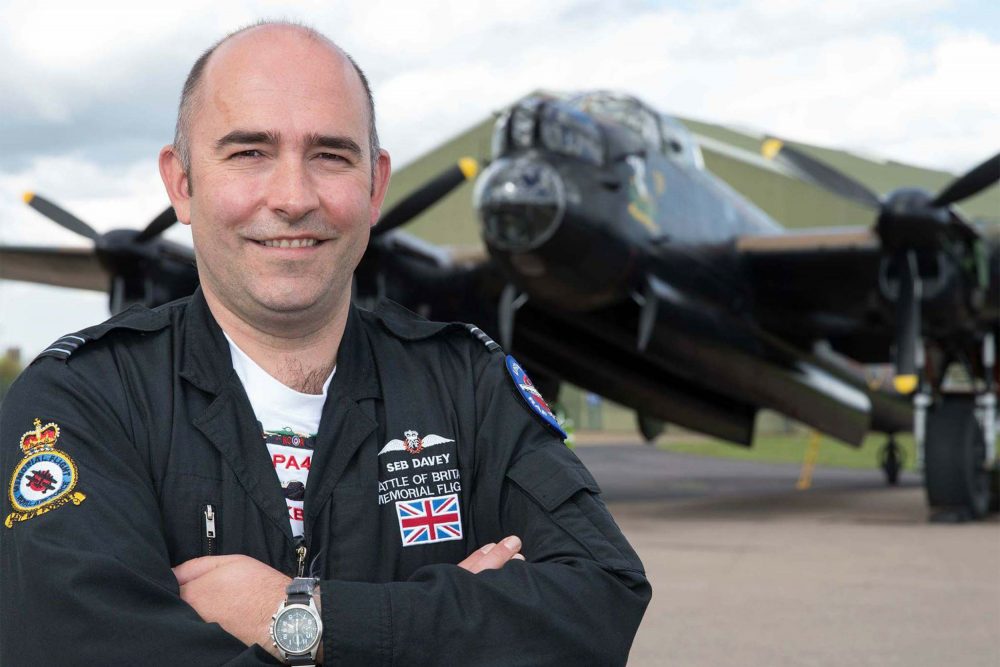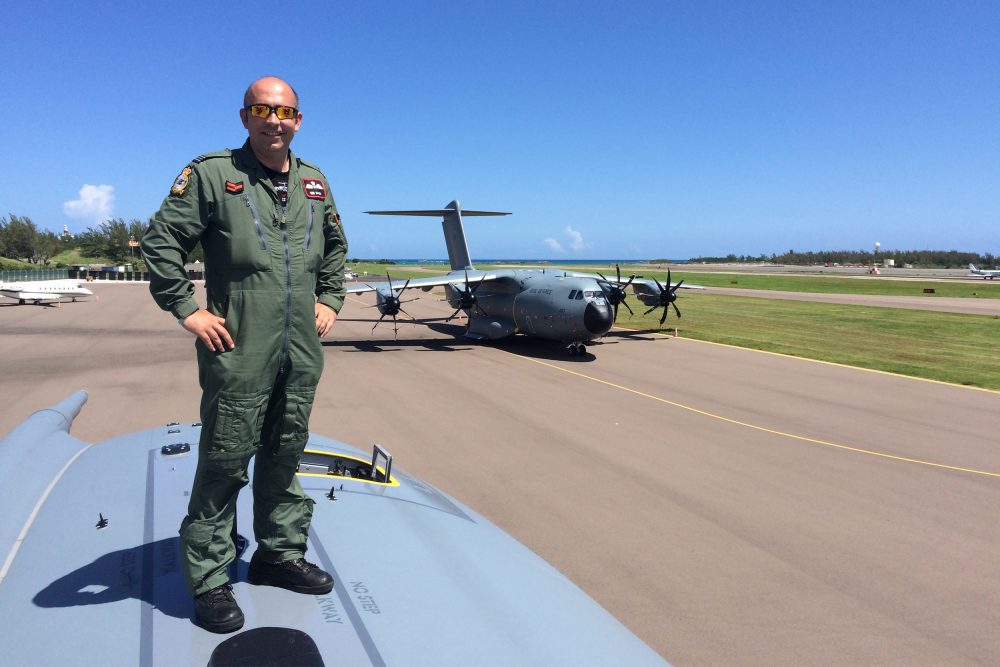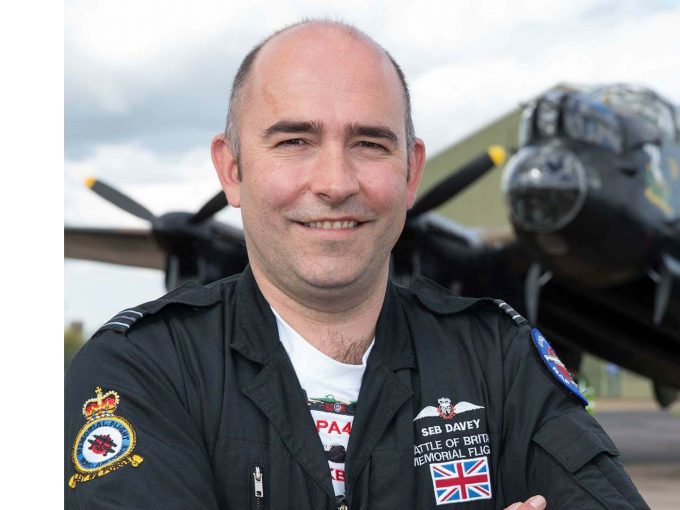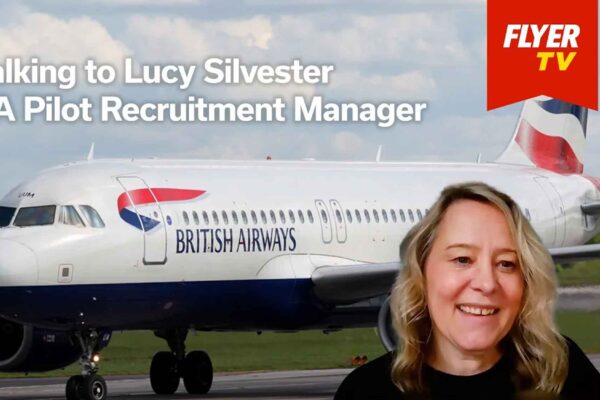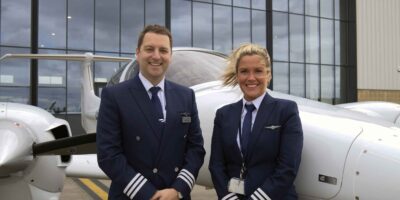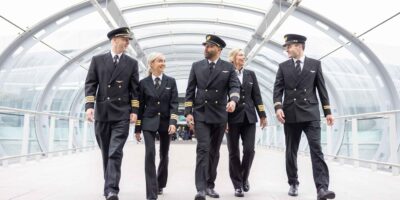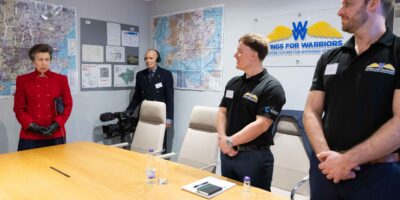What training did you have?
Starting as a Reserve in 1995, in 1999 I joined the regular RAF and became a military pilot. In 2013, I was lucky enough to be taken on by BBMF, where I started training on the Dakota. After six months as a Dakota Captain, you become a co-pilot on the Lancaster, which means you get to do flypasts and transits. Then after two years, you become a Lancaster Captain and also do take-offs, landings and displays. On my qualification flight for command in 2015 the aircraft suffered a non-extinguishing engine fire, luckily I’d already done everything needed to qualify in the sortie, so I qualified as a Lancaster Captain by landing her while on fire!
What’s been your favourite flight?
My first operational airdrop in Afghanistan in 2006. This flight was a culmination of everything I’d trained for in my life – flying at night in a combat zone, and dropping equipment to our soldiers on the ground. It was the heaviest ever airdrop from a British C130J. The aircraft was so sluggish on take-off, but when we rolled out the 16.8 tonnes load at 3,000ft, it turned into a total sports car!
And your favourite airfield?
RAF Lyneham, my first operational base and home of the Hercules. It was such a friendly place, with everyone working towards the same goal and a feeling of camaraderie. It closed in 2012 and, like all others who were based there, I miss it a lot.
Do you get to fly much outside work?
No, I do have an ATPL, but I’ve hardly done any civilian flying with it. Since I get to fly VFR with the BBMF and both VFR and IFR in the Atlas, there’s not much need for GA-style flying outside of work.
What’s your most valuable career advice?
If you don’t ask, you don’t get. No one is going to say: “Want to become a pilot? Here’s a great job!” You have to know what you want and do your best to get there. This includes pushing yourself, putting yourself forward for things that you might feel are too difficult – and asking cheeky questions.


